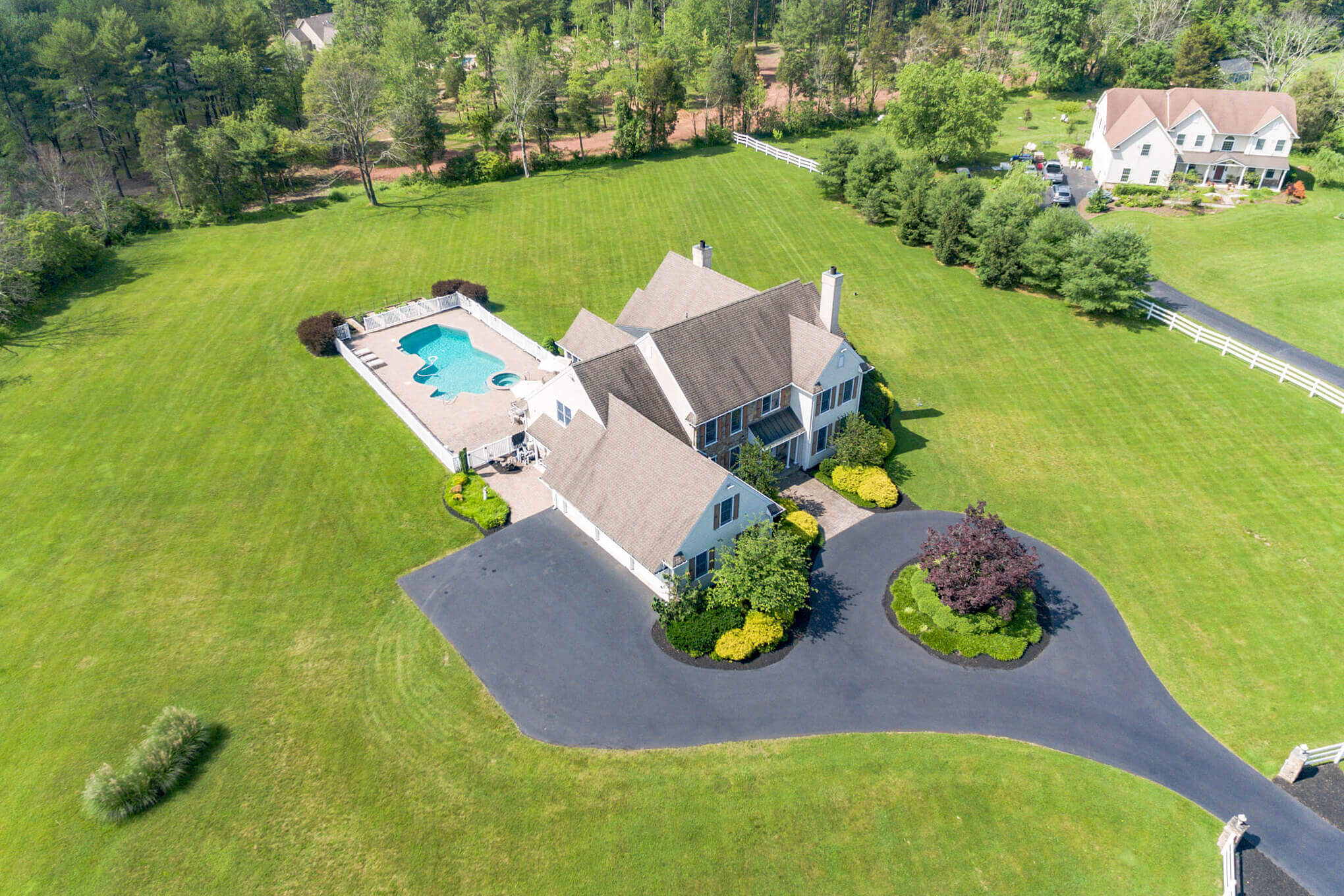Elevating Real Estate: The Drone Revolution in Property photography
The real estate market is a visual arena. First impressions are paramount, and in the digital age, those impressions are often formed online. Static ground-level images, while still valuable, are increasingly being overshadowed by a dynamic, immersive approach: drone photography. This technology has revolutionized how properties are presented, offering a unique perspective that captures the scale, context, and beauty of a listing in ways previously unimaginable. This article delves into the transformative impact of drones on real estate photography, exploring its benefits, applications, and the considerations involved in harnessing this powerful tool.
The limitations of traditional ground-based photography are evident. A single-story home might look unremarkable, while a sprawling estate or a property with scenic surroundings can be severely misrepresented. Drones overcome these limitations, providing a comprehensive and compelling visual narrative.

1. Unveiling the Property’s True Scale and Context
Drones capture the entire property from above, showcasing its size, layout, and relationship to its surroundings. This is particularly crucial for:
Large Acreage: Land parcels, farms, and ranches benefit immensely from aerial views, highlighting the expanse of the property and its features.
2. Creating a Sense of Immersion and Engagement

Aerial photography offers a level of immersion that static images cannot replicate. Potential buyers can virtually explore the property and its surroundings, gaining a deeper understanding and emotional connection.
Dynamic Visuals: Drone videos and 360-degree aerial panoramas provide a seamless and engaging viewing experience.
3. Marketing Differentiation and Competitive Edge
In a competitive market, standing out is crucial. Drone photography provides a significant marketing advantage, setting listings apart from the competition.

Enhanced Listing Presentation: High-quality aerial images and videos elevate the perceived value of the property.
The versatility of drones allows for a wide range of applications in real estate photography, catering to diverse property types and marketing needs.
1. Residential Real Estate
From single-family homes to luxury estates, drones enhance the presentation of residential properties.
Exterior Photography: Capturing the facade, roof, landscaping, and surrounding neighborhood.
2. Commercial Real Estate
Drones are invaluable for showcasing commercial properties, including office buildings, retail spaces, and industrial complexes.
Site Overview: Providing a comprehensive view of the property and its location.
3. Land and Development
Drones play a crucial role in marketing land parcels and development projects.
Land Surveys: Capturing accurate aerial images for land surveying and mapping.
4. Hospitality and Resort Properties
Drones are essential for showcasing the unique features and amenities of hospitality and resort properties.
Property Overview: Capturing the scale and layout of the resort, including pools, golf courses, and other amenities.
While the benefits of drone photography are undeniable, there are several considerations to keep in mind.
1. Regulatory Compliance
Operating drones for commercial purposes requires adherence to local and national regulations.
FAA Regulations (in the US): Obtaining a Part 107 Remote Pilot Certificate is essential for commercial drone operations.
2. Equipment and Technology
Investing in high-quality drone equipment is crucial for capturing professional-grade images and videos.
Drone Selection: Choosing a drone with a high-resolution camera, stable flight capabilities, and long battery life.
3. Weather and Environmental Conditions
Weather conditions can significantly impact drone operations.
Wind: Strong winds can make it difficult to maintain stable flight and capture clear images.
4. Safety and Liability
Safety is paramount when operating drones.
Pre-Flight Checks: Conducting thorough pre-flight checks to ensure the drone is in proper working condition.
5. Hiring a Professional Drone Photographer
For those unfamiliar with drone operations, hiring a professional drone photographer is a wise investment.
Expertise and Experience: Professional drone photographers possess the necessary skills and experience to capture high-quality images and videos.
Drone technology continues to evolve, offering new and exciting possibilities for real estate photography.
1. Advancements in Drone Technology
Improved Camera Technology: Higher resolution sensors, enhanced image stabilization, and advanced imaging capabilities.
2. Virtual Reality (VR) and Augmented Reality (AR)
Immersive VR Tours: Creating immersive virtual tours that allow potential buyers to experience the property as if they were there.
3. Integration with Other Technologies
3D Modeling: Creating 3D models of properties from aerial images.
Drones have revolutionized real estate photography, providing a unique and compelling perspective that enhances property marketing and drives buyer interest. By capturing the scale, context, and beauty of a listing, drones create a lasting impression and elevate the perceived value of the property. As drone technology continues to advance, its role in real estate photography will only grow, offering new and innovative ways to showcase properties and connect with potential buyers. Embracing this transformative technology is essential for real estate professionals seeking to stay ahead in a competitive market and deliver exceptional results.
